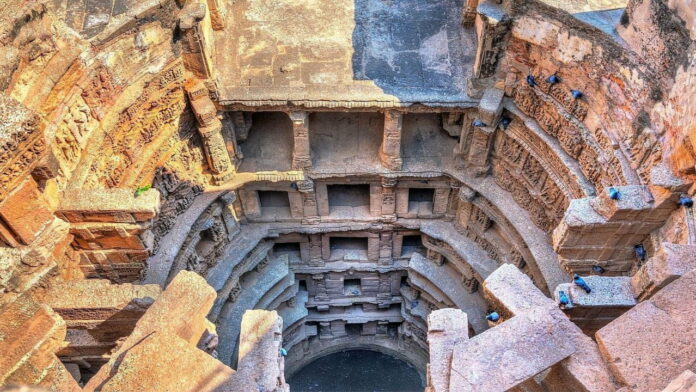In a bustling town in India, there stands an ancient monument known as Rani ki Vav, or “The Queen’s Stepwell.” Recognized as a UNESCO World Heritage site, Rani ki Vav is located in Patan, Gujarat, and symbolizes the exquisite craftsmanship of ancient Indian stepwell architecture.
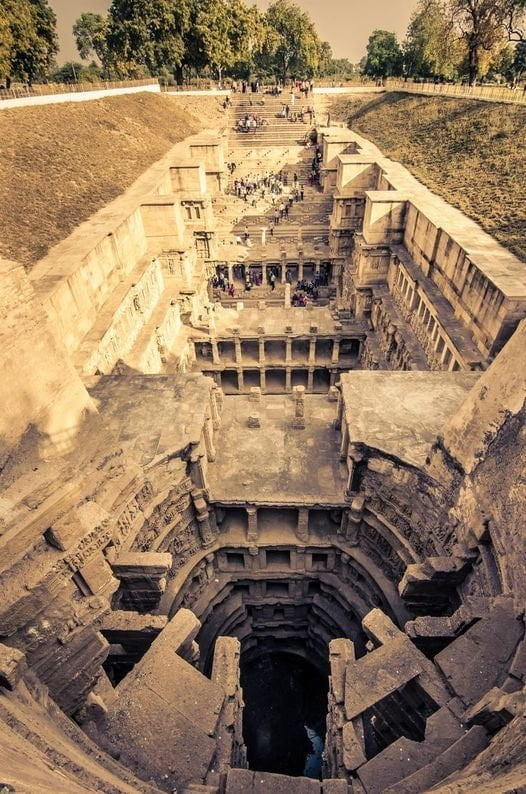
Built in the 11th century by Queen Udayamati in memory of her husband, King Bhima I of the Chaulukya dynasty, Rani ki Vav is not only an artistic marvel but also a treasure trove of historical significance.
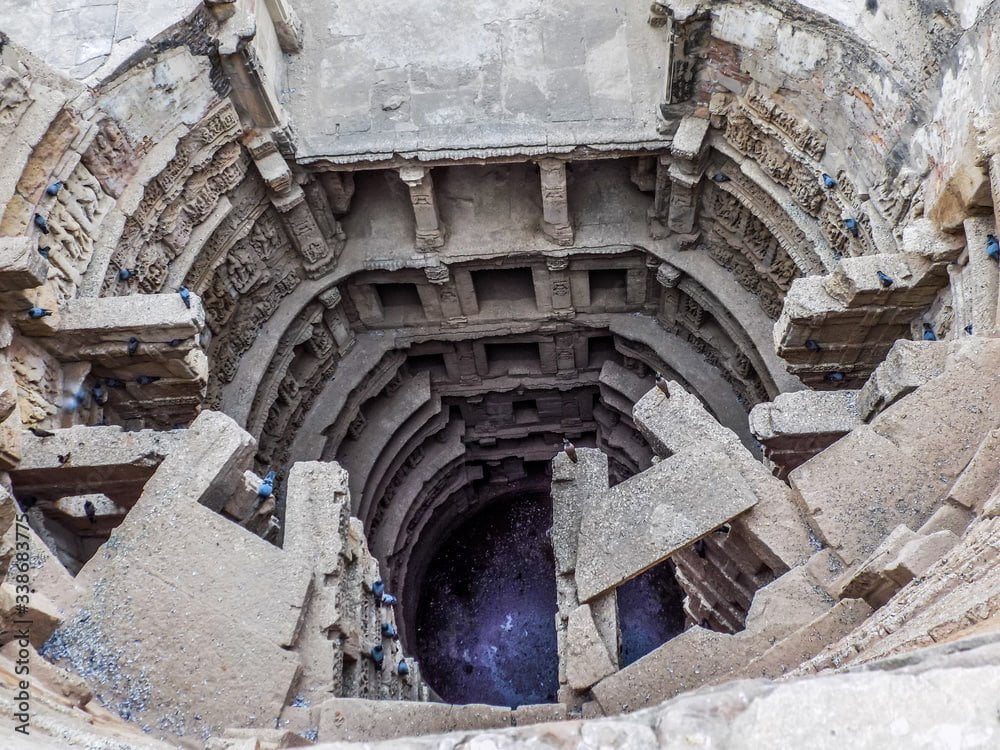
Once situated beside the historic Saraswati River, Rani ki Vav was forgotten and submerged under silt for centuries. It wasn’t until the 1940s that this monument was rediscovered. In the 1980s, the Archaeological Survey of India began meticulous restoration efforts, reviving the stepwell to its original grandeur. Following these dedicated restoration efforts, Rani ki Vav was officially recognized as a UNESCO World Heritage site in 2014.

Celebrated as one of the largest and finest examples of stepwell architecture in Gujarat, Rani ki Vav’s design features seven levels of stairs adorned with intricate sculptural panels. Over 500 major sculptures and countless minor ones decorate these panels, depicting a blend of religious, secular, and symbolic imagery that captures the essence of the era.
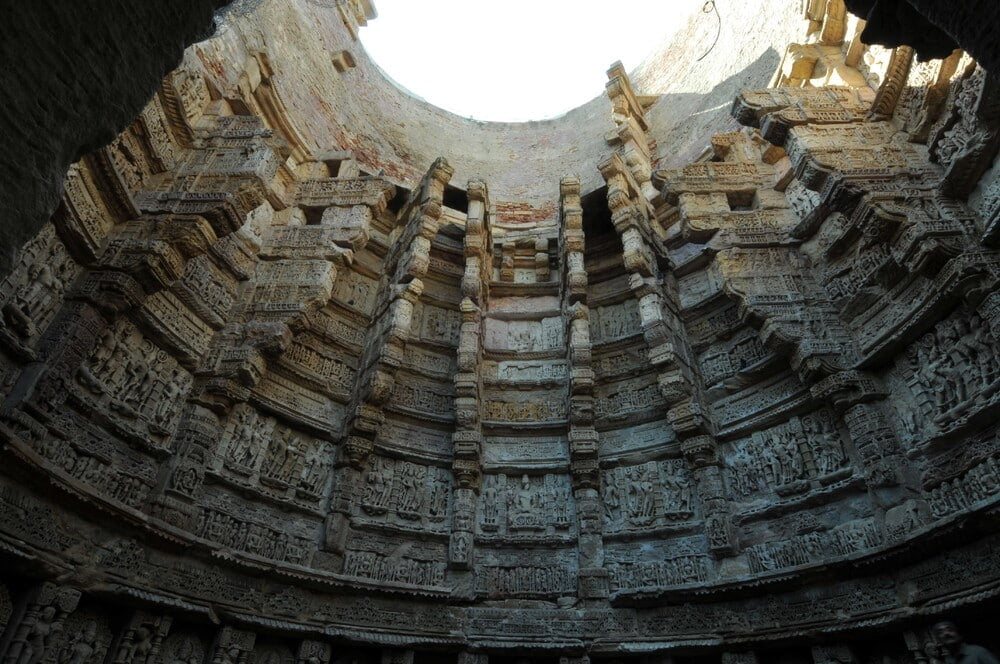
The architecture of Rani ki Vav bears a remarkable resemblance to the Vimalavasahi temple on Mount Abu, indicating a construction date around 1032 CE. The well stretches approximately 65 meters in length, 20 meters in width, and reaches a depth of 28 meters, culminating in a deep, rectangular pool.
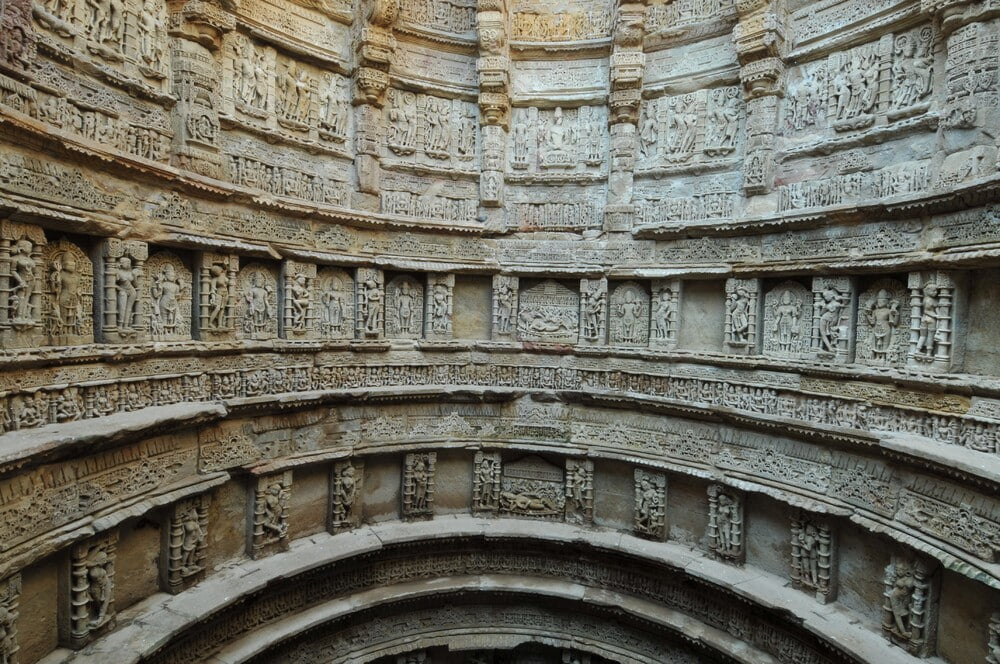
Entering Rani ki Vav is like stepping into a world of art and history, where each step and each sculpture tells the story of a bygone golden era.
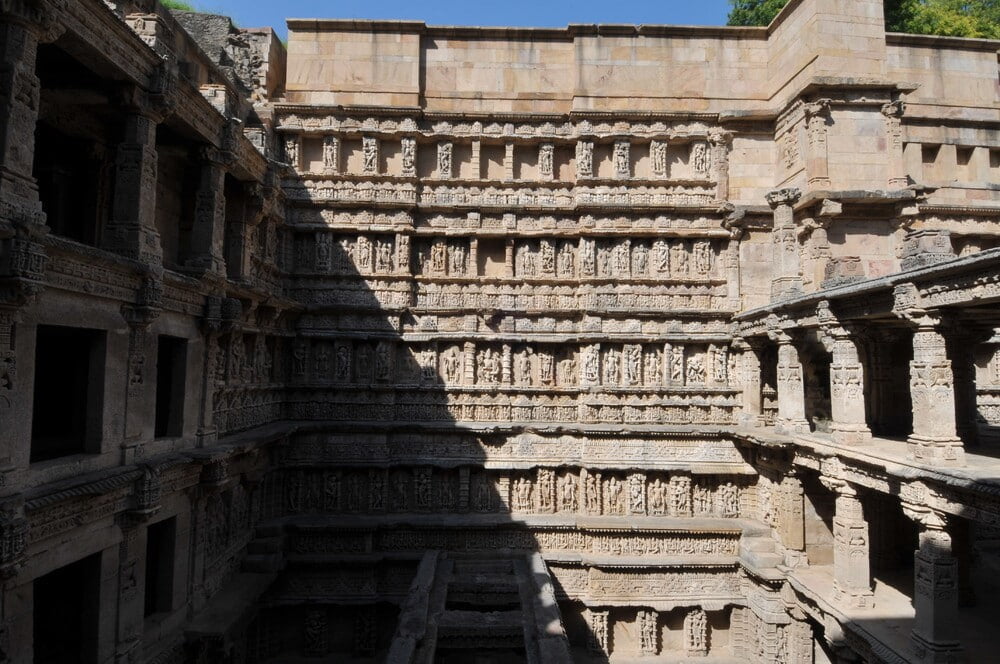
From religious depictions to symbols of everyday life, all elements come together to create a vivid and meaningful tapestry of the past.
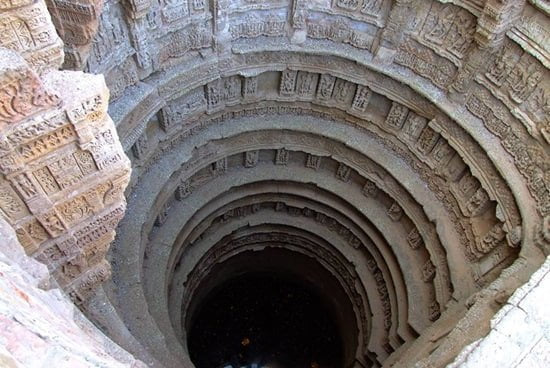
Rani ki Vav is not just an architectural wonder but also a cultural treasure, where the beauty and intricacy of ancient art are preserved and celebrated.
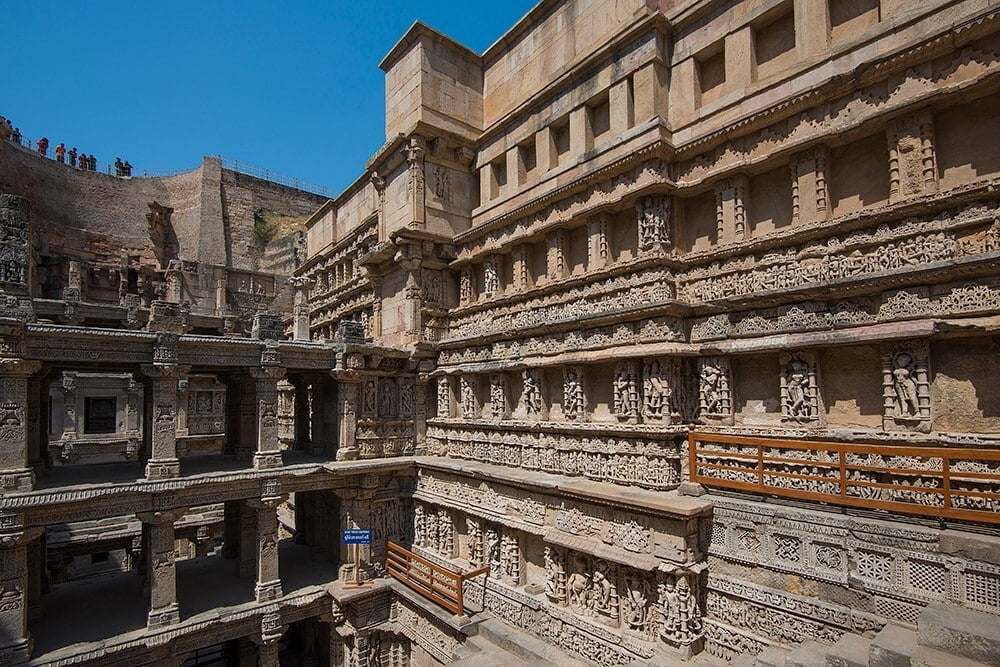
Through the story of Rani ki Vav, we not only witness the skill of past artisans but also feel the love and reverence Queen Udayamati had for King Bhima I. Come and explore Rani ki Vav to experience the beauty and wonder of this unique cultural heritage of India.



